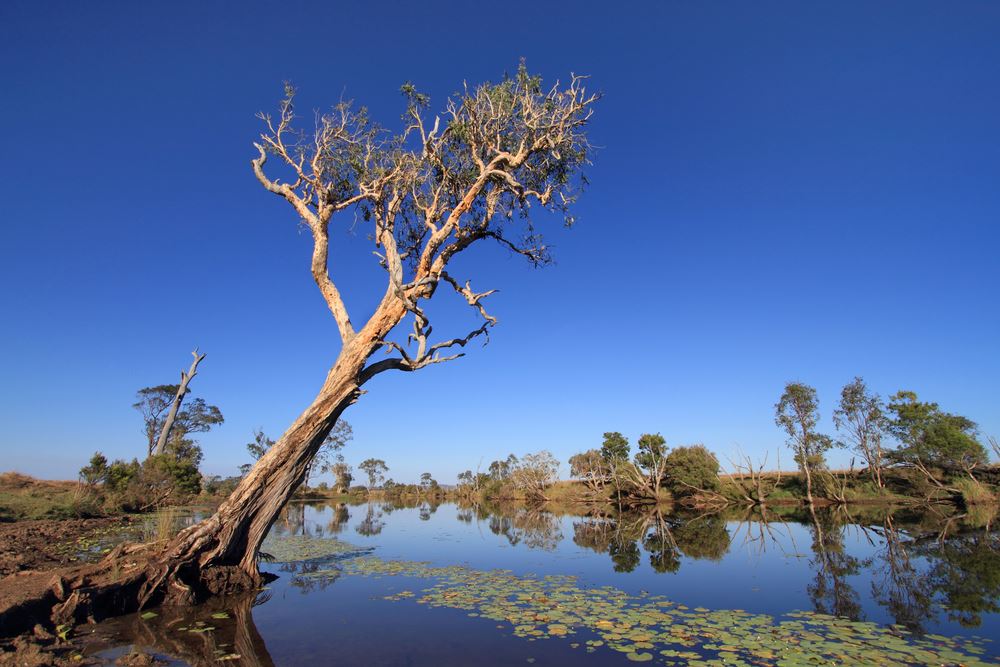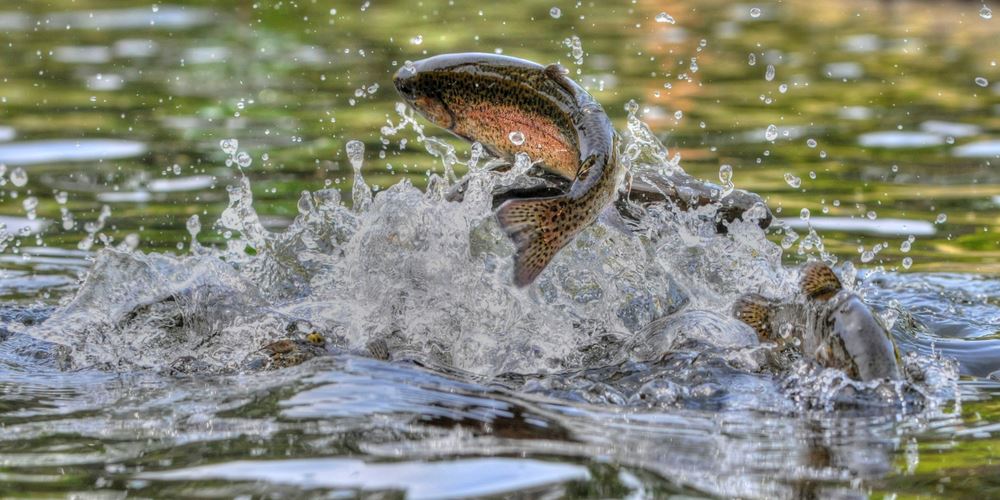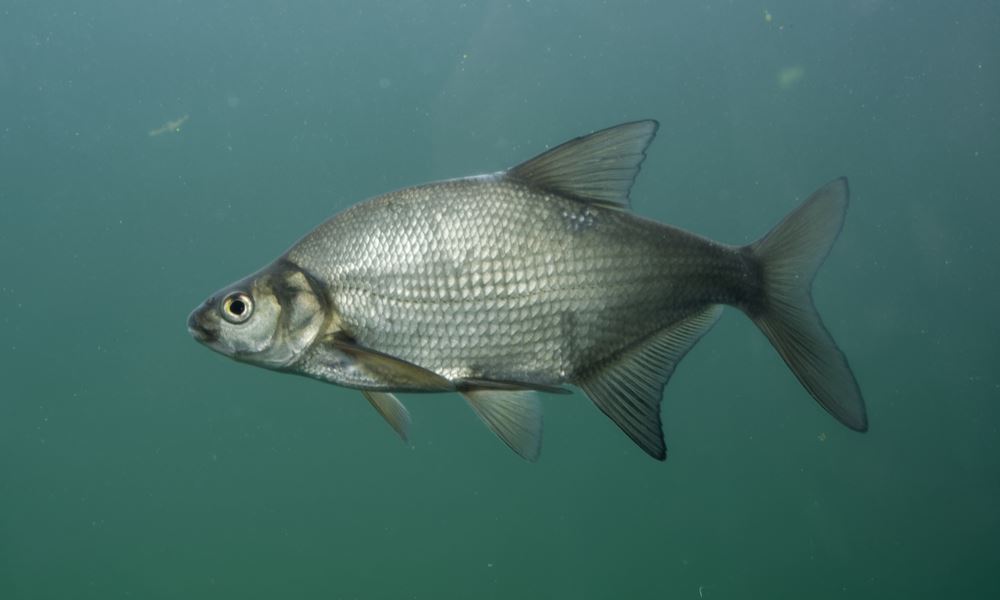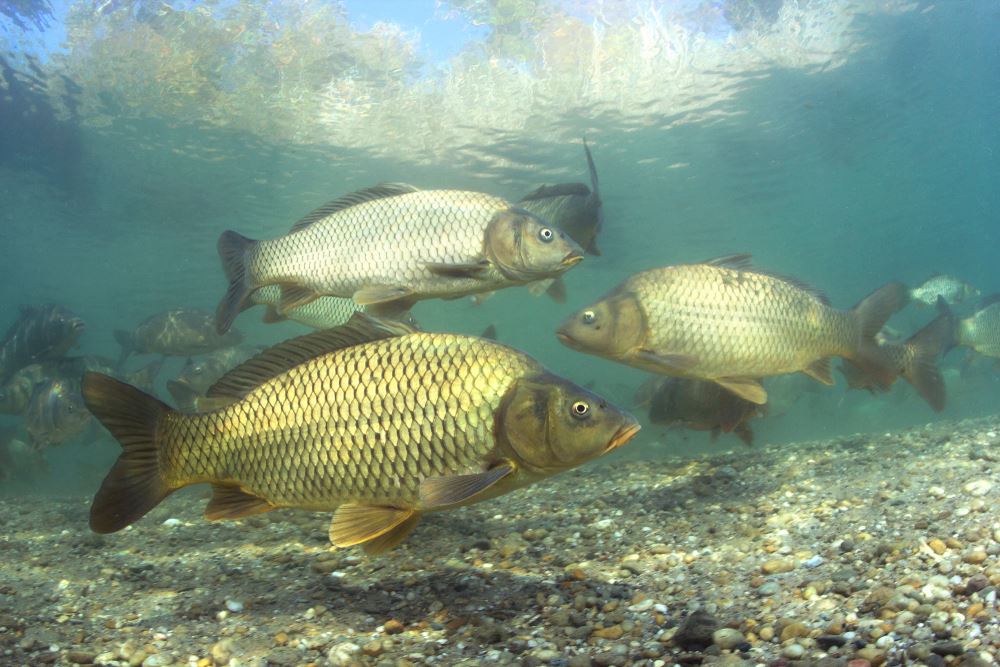Ultimate Freshwater Fishing Guide

If you’ve got a carton riding on the results of your next fishing trip, we’re here to give you the edge. From amateur anglers to seasoned veterans, our guide can take your fishing game to the next level.
But before we get into the heavy stuff, it’s worth covering some of the common questions for up-and-coming fishermen.
What fees apply?
Recreational fishing fees seem to only apply in New South Wales. But even down south of the Tweed, there are certain situations where you won’t need to pay.
The best thing you can do is check your state’s laws on recreational fishing, and make sure you’re not risking a fine for:
- Fishing without a licence
- Catching a banned species of fish or wildlife
- Catching an oversized or undersized fish.
Where are the best fishing spots?
To no surprise, fish don’t gather themselves in busy waterways with lots of human traffic. They’re far more inclined to find a quiet drop-off with plenty of peace and quiet.
Chances are you’re going to need to find a spot off the beaten track. And that generally means you’ll need a sturdy 4x4 and the right gear to get there.
If you need quality off-roading gear to get you to that hidden gem of a fishing spot, check out the range on the Outback Equipment website.
Top Baits & Setups for Freshwater Fishing
To make it as easy as possible, we’ll break it down by the fish you’re likely to be fishing for.
Trout

If you prefer bait to a lure, you’ll normally go alright with:
- Scrubworms
- Earthworms
- Minnows shrimps.
If you’re forced to choose between a big and a small hook, choose small. Trout can be a bit finnicky with big hooks, leaving the obvious ones be. They also have reasonably soft mouths, so a fierce tug could be enough to set it free. You’re better off slowly pulling your hook in and letting the trout tire itself out.
Otherwise, lures work best if you know a little about the local waterways and pick a colour familiar to the local trout. But if you haven’t done a full colour audit of a waterway, your best bet is to simply vary your technique a little and work out what the local trout like. Let the lure bounce on the bottom, let it drift slowly, and give it some short and sharp tugs. After enough time, you’ll work out what the locals prefer to snack on.
Bream

The best bream baits about would be:
- Yabby maggots
- Minnows shrimps.
There’s no getting around the fact that bream are smart buggers. In overfished waterways, they wise up to what humans are up to and can dodge just about everything you’ll try to catch them. At that point, you’ve got two options.
Option #1 is to find a spot that’s rarely fished out of. That’ll need a good 4WD, some local knowledge, and probably some recovery gear on hand.
Option #2 is to do something no one else is doing. Go ahead and try some funky baits or pull out a javelin and start spearfishing.
As long as you don’t use a toxic bait that could harm other wildlife. Or spear someone. Those are the two big no-noes of catching bream.
Carp

Here’s the good news for those of you gunning for carp: they’re dumb. They eat just about whatever they can in their local area, and if they feel the sharp prick of a hook as they’re having a feed, they panic and take off. That’s generally what hooks them.
As for baits, the most common ones going for carp are:
- Worms
- Sweet corn kernels.
Carp also have a knack for offering a big jackpot off a small nibble. You can generally get a feel for how big a fish is by the size of the vibrations through the line. But even the meatiest of carp will nibble quite tenderly on the bait. A well-timed strike on the line can occasionally score you a beauty.
Is there anything else I’ll need to catch freshwater fish?
Aside from all the fishing gear, you’ll need the right 4WD gear to reach that elusive fishing hole. And when you get there, you’ll need top-notch camping gear to settle in.
For the best range in off-roading and camping gear, check out the Outback Equipment website.

